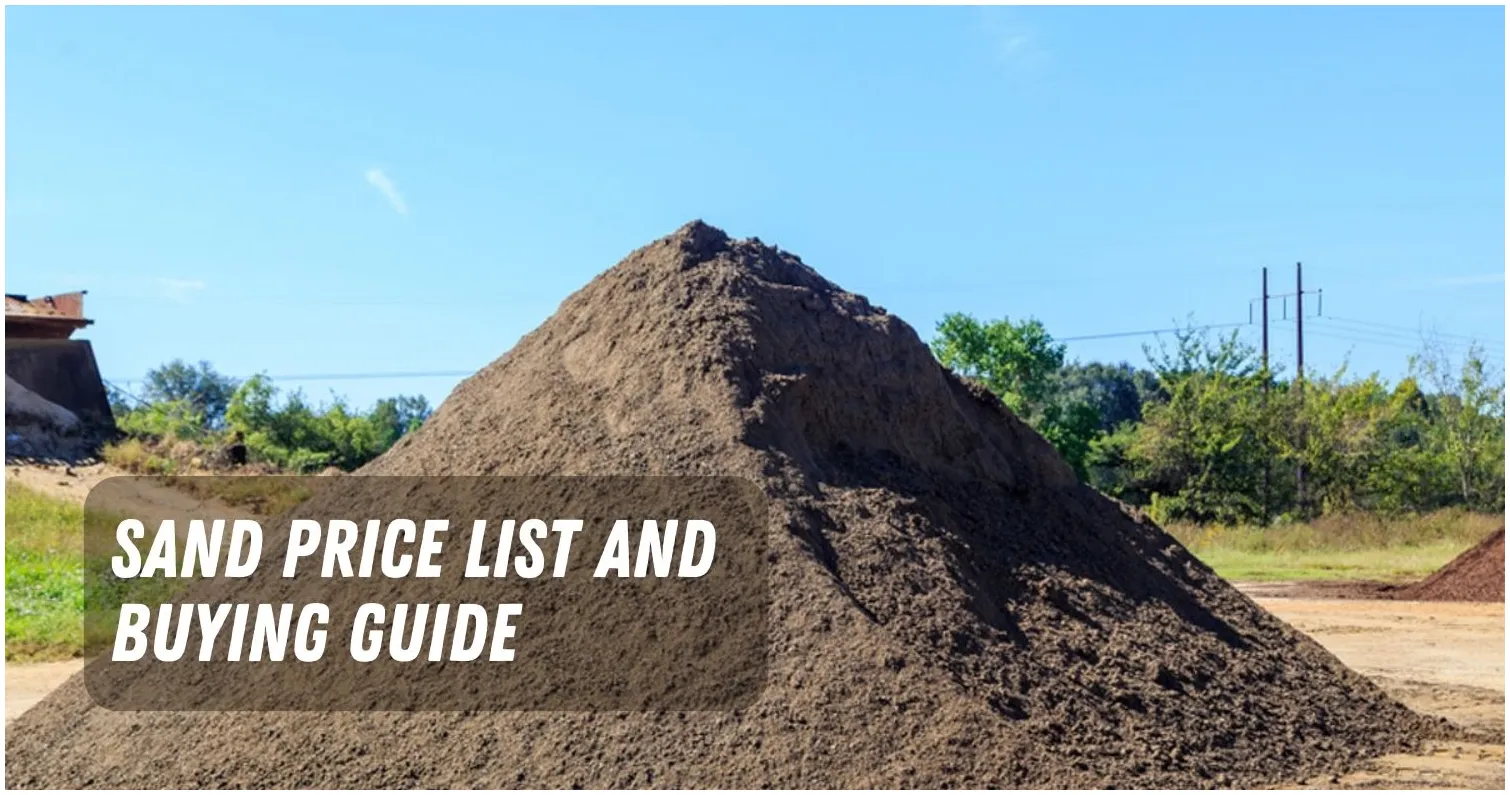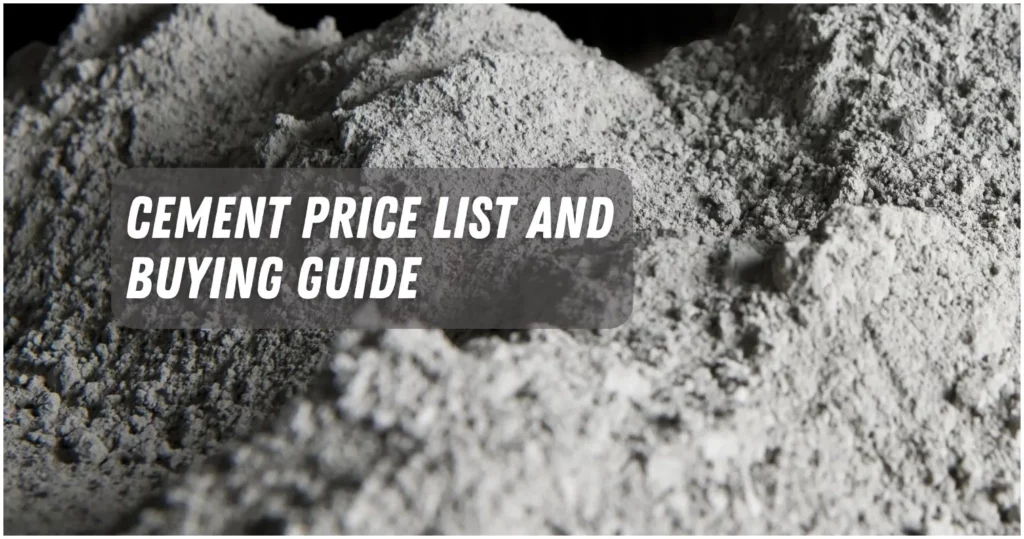Sand is one of the most important materials for construction projects and has a low price.
It is used to make things like concrete, mortar, plaster, and bricks, among other things. Sand is also important for landscaping, draining water, and filtering.
But not all sands are the same. There are different kinds of sand, each with its own properties, uses, and prices that range from ₱200 to ₱2,000 per cubic meter.
In this article, we’ll talk about sand, how it’s used, the different kinds of sand, and the price of sand in the Philippines.
What is Sand?
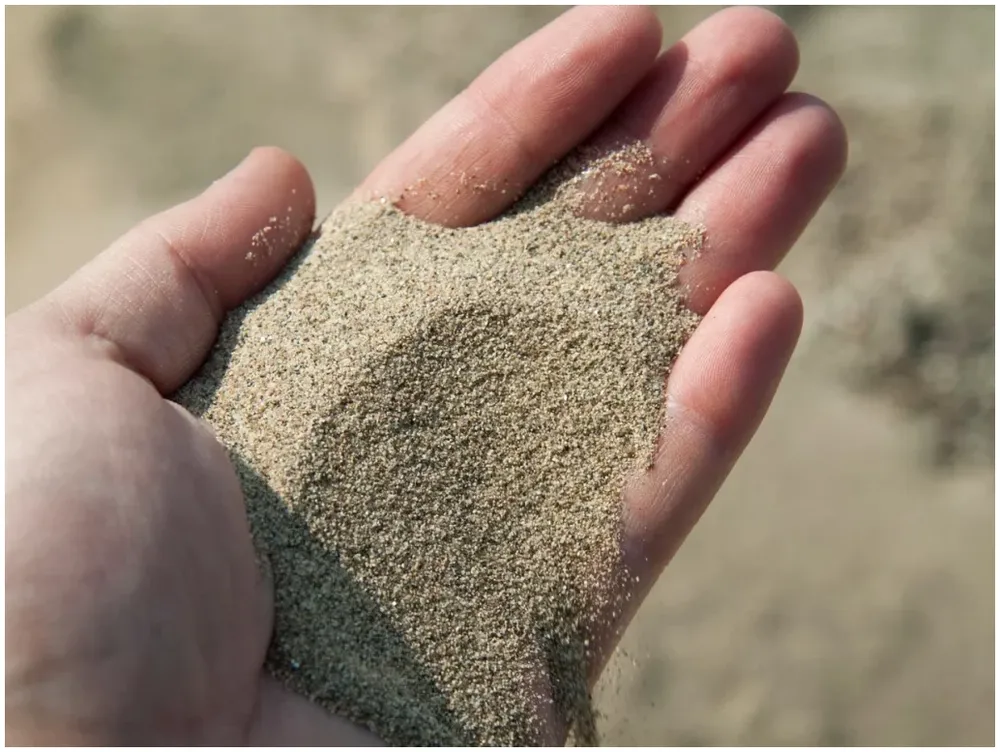
Sand is a natural material composed of tiny rock and mineral particles. It forms over time as a result of weathering and erosion processes.
It can be found in a variety of environments, including rivers, oceans, deserts, and mountains. Sand has a coarse texture and is available in a variety of colors and compositions.
Uses of Sand
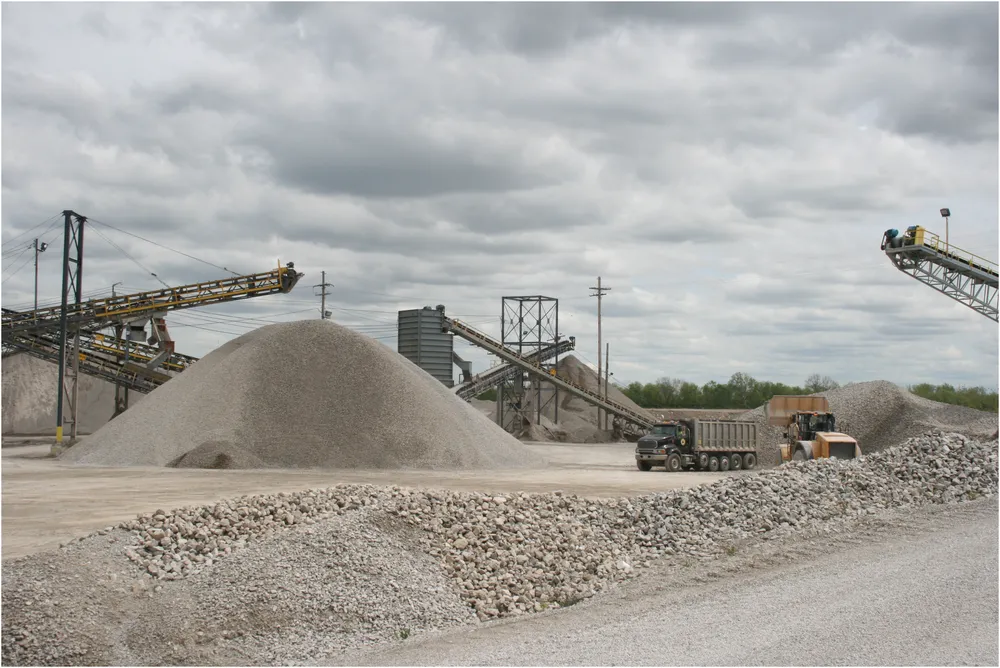
Sand has many uses in construction and other industries. Some of the common uses of sand are:
- Concrete: Sand is mixed with cement and water to make concrete, which is used for building foundations, walls, floors, bridges, and other structures.
- Mortar: Sand is mixed with cement and water to make mortar, which is used for binding bricks, stones, and blocks together.
- Plaster: Sand is mixed with cement and water to make plaster, which is used for coating walls and ceilings.
- Bricks: Sand is mixed with clay and water to make bricks especially hollow block, which are used for building walls and other structures.
- Landscaping: Sand is used for creating gardens, playgrounds, golf courses, and other recreational areas. Sand can also be used for filling holes and leveling the ground.
- Drainage: Sand is used for improving the drainage of soil and preventing waterlogging. Sand can also be used for filtering water and removing impurities.
- Filtration: Sand is used for filtering water and removing impurities. Sand can also be used for making glass, ceramics, abrasives, and other products.
Types of Sand
There are different types of sand that have different properties and uses. Some of the common types of sand are:
River Sand
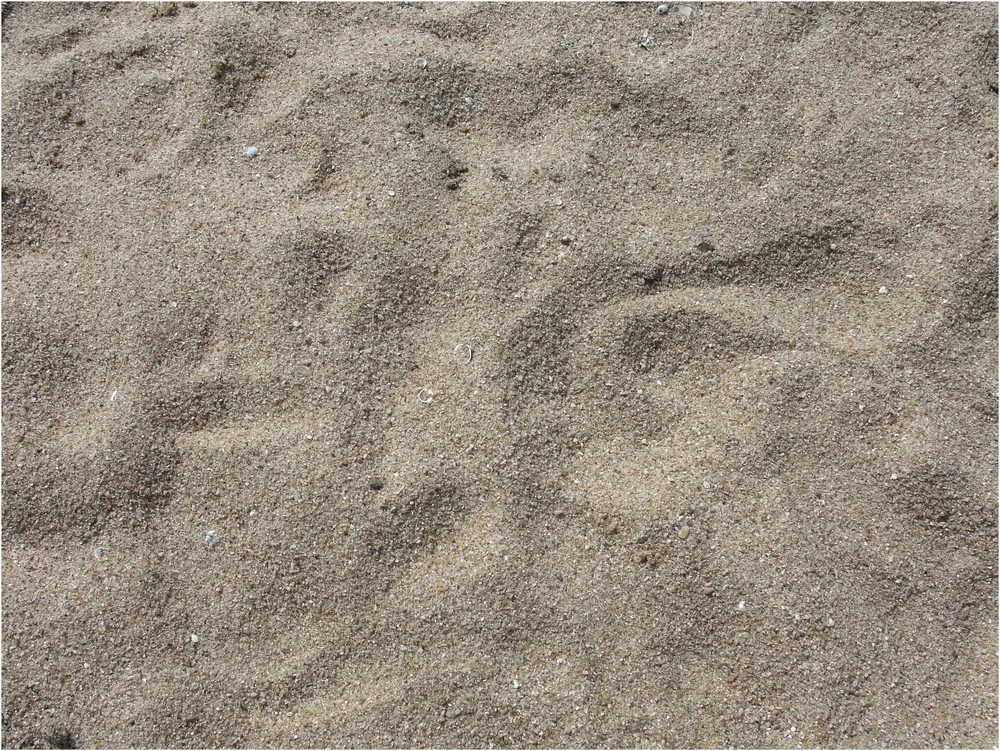
River sand is smooth, has small to medium-sized grains, and is white or gray in color. Fit for concrete, mortar, plaster, bricks, landscaping, and drainage.
Concrete Sand
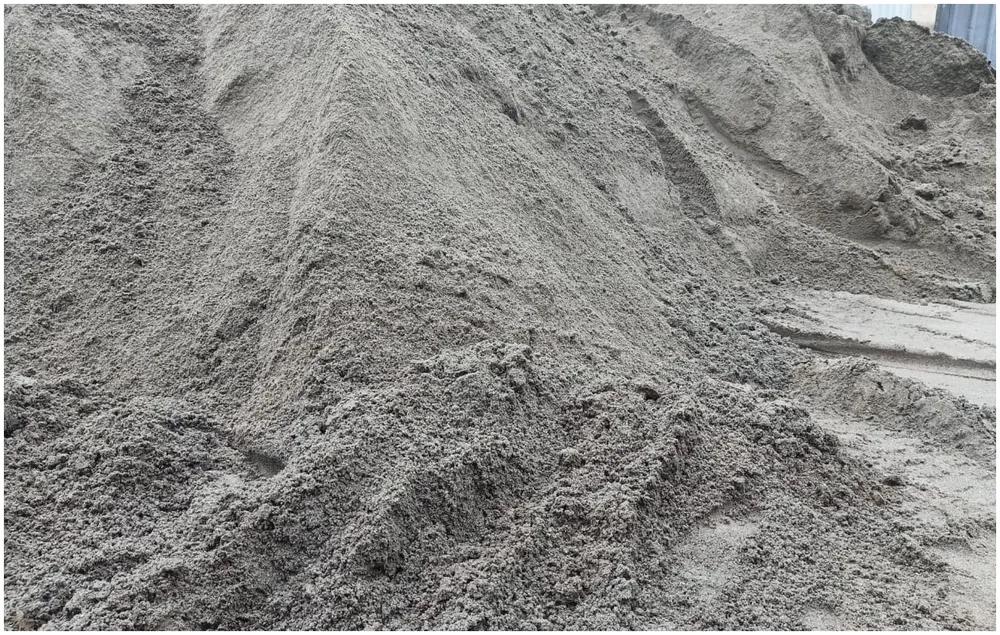
Concrete sand is rough, has big grains, and is brown or yellow in color. Fit for concrete, mortar, drainage, and filtration.
Fill Sand
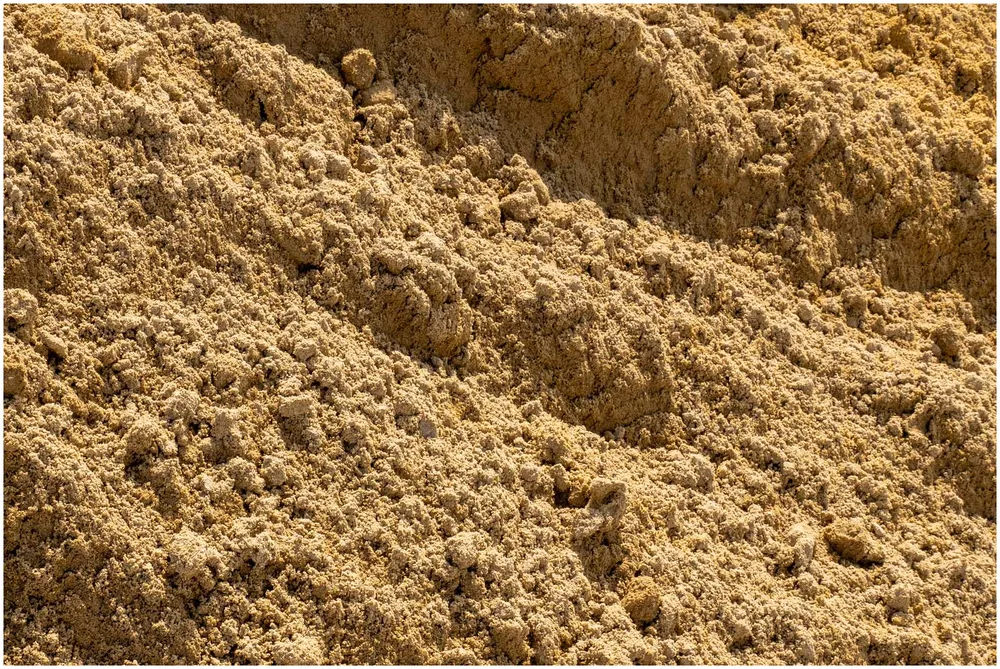
Fill sand is fine and has small, reddish or brownish grains. You can use it to fill in holes, level the ground, landscape, and drain water.
Course Sand
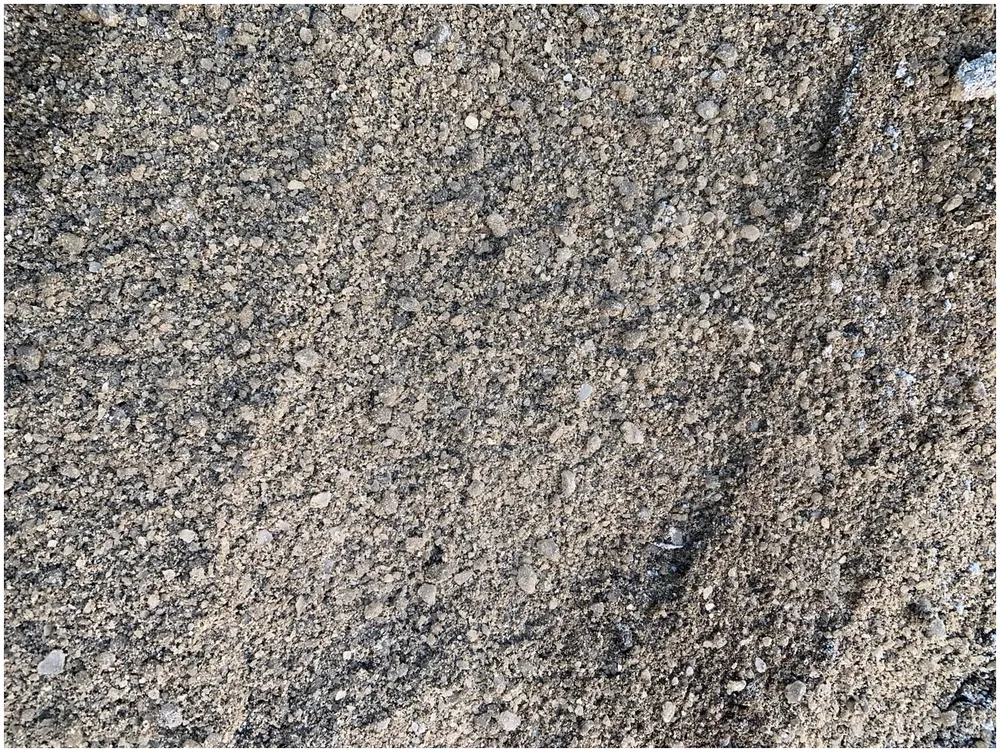
Course Sand has a rough surface, grains that are medium-size to large, and a dark brown or black color. Fit for concrete, mortar, drainage, and filtration.
Utility Sand
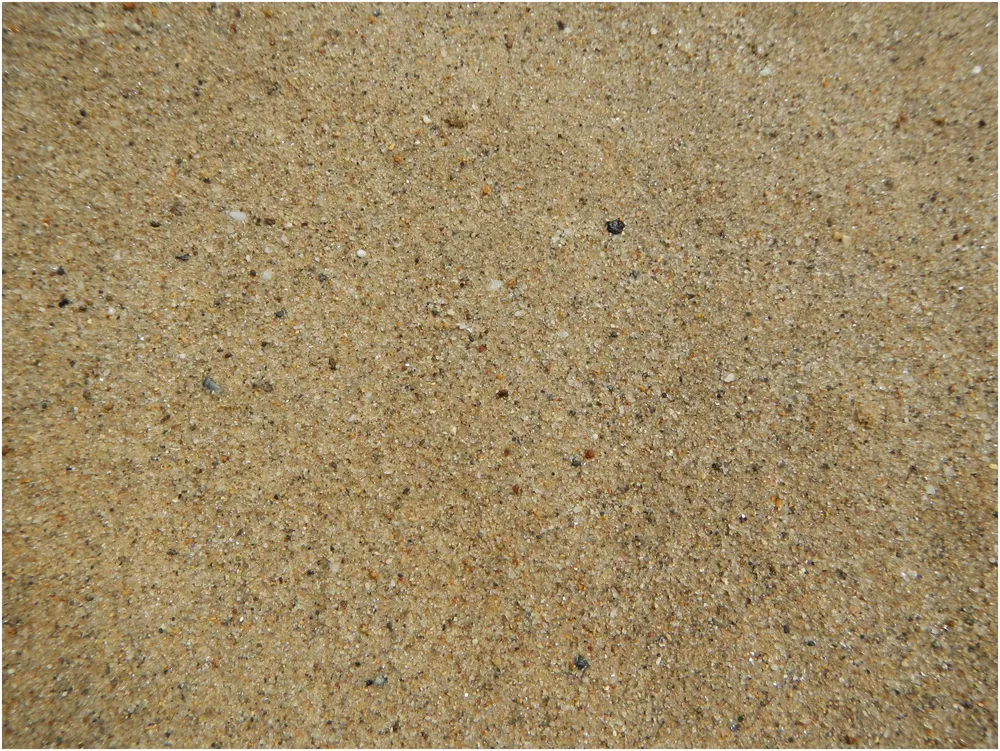
Sand is useful when it has a fine to medium grain size and a light brown or gray color. Fit for concrete, mortar, landscaping, and drainage.
Pit Sand

Pit sand is coarse, has big grains, and is red or orange in color. Fit for concrete, mortar, drainage, and filtration.
Fine Sand
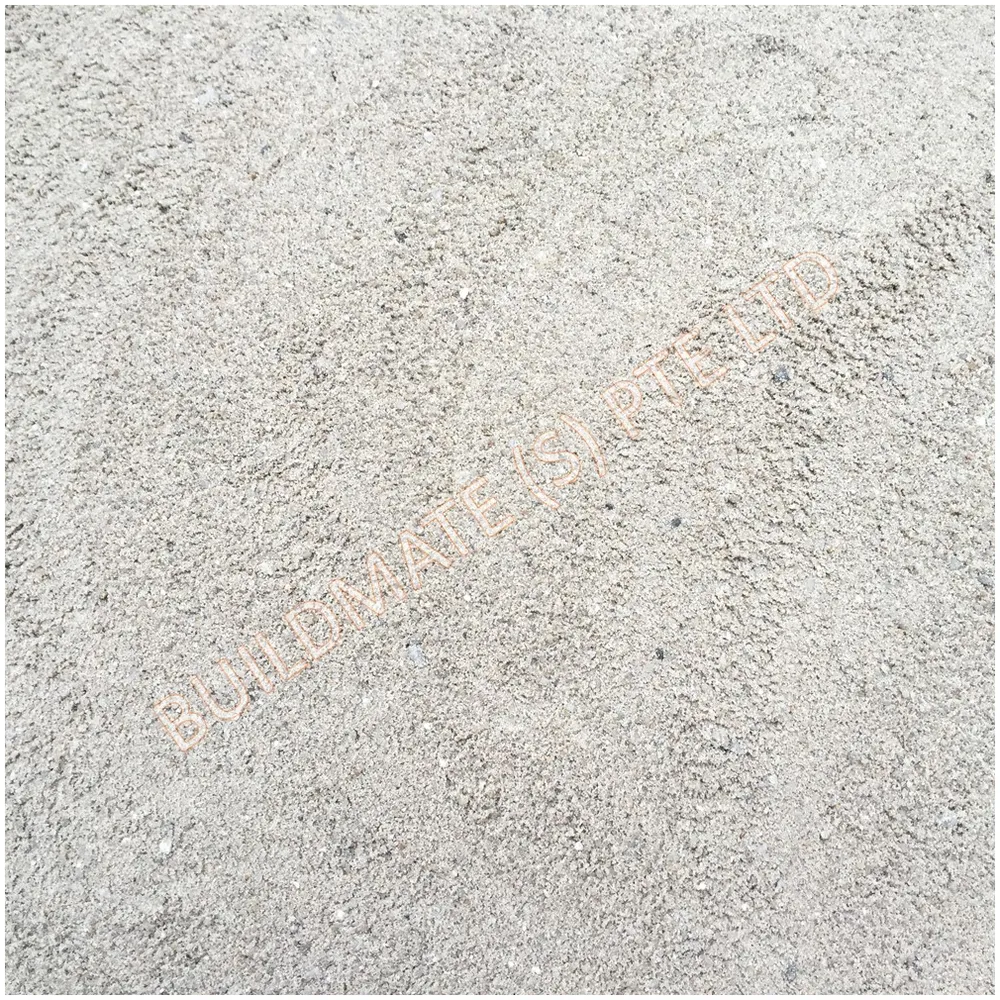
Fine sand has a smooth surface and very small, white or beige grains. Fit for plaster, bricks, landscaping, and filtration.
M Sand
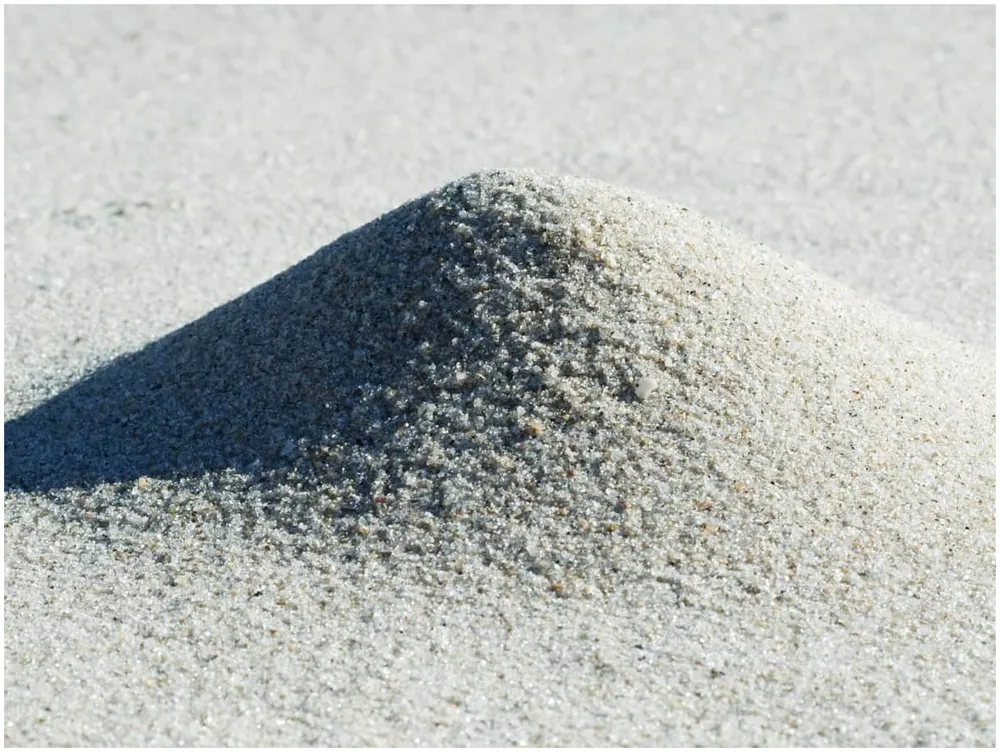
M sand has a uniform texture and grains of the same size. It is gray or blue in color. Fit for concrete, mortar, drainage, and filtration.
Sand S1
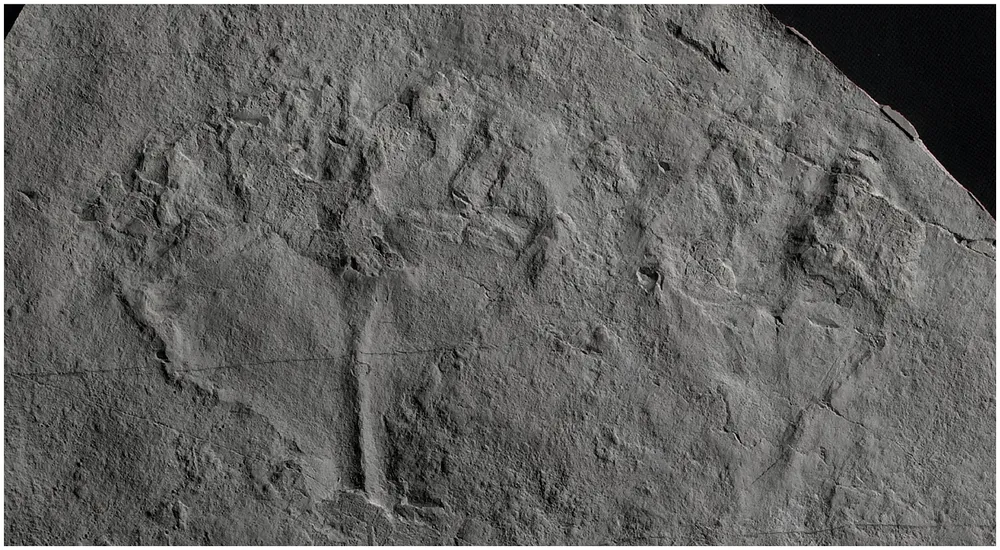
Sand has a smooth surface, small grains, and is white or gray in color. Fit for plaster, bricks, landscaping, and filtration.
Sand S3
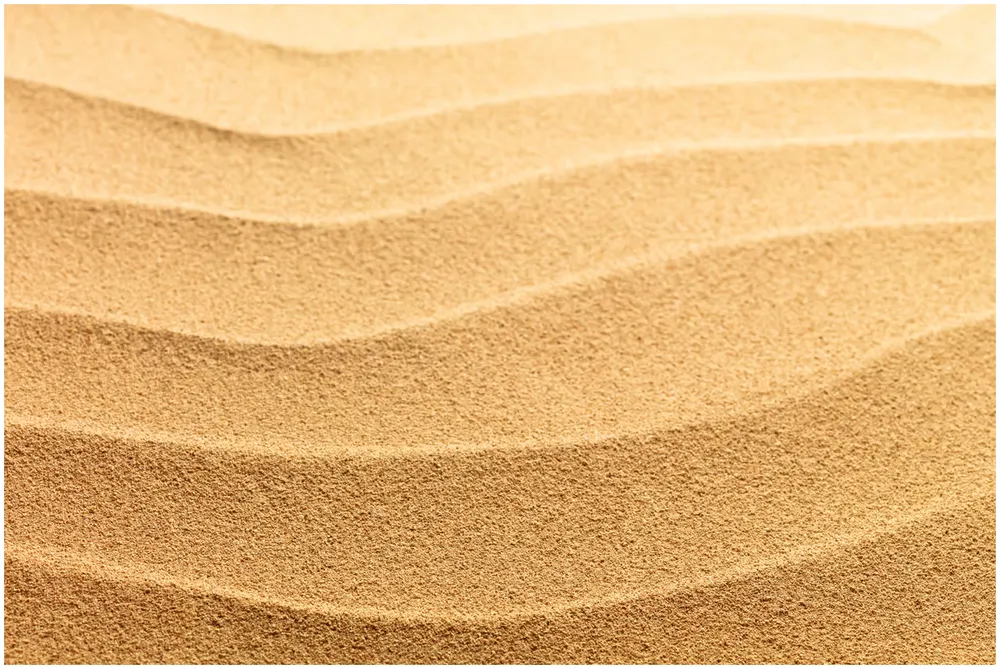
Sand S3 is rough, has big grains, and is brown or yellow in color. Fit for concrete, mortar, drainage, and filtration.
White Sand
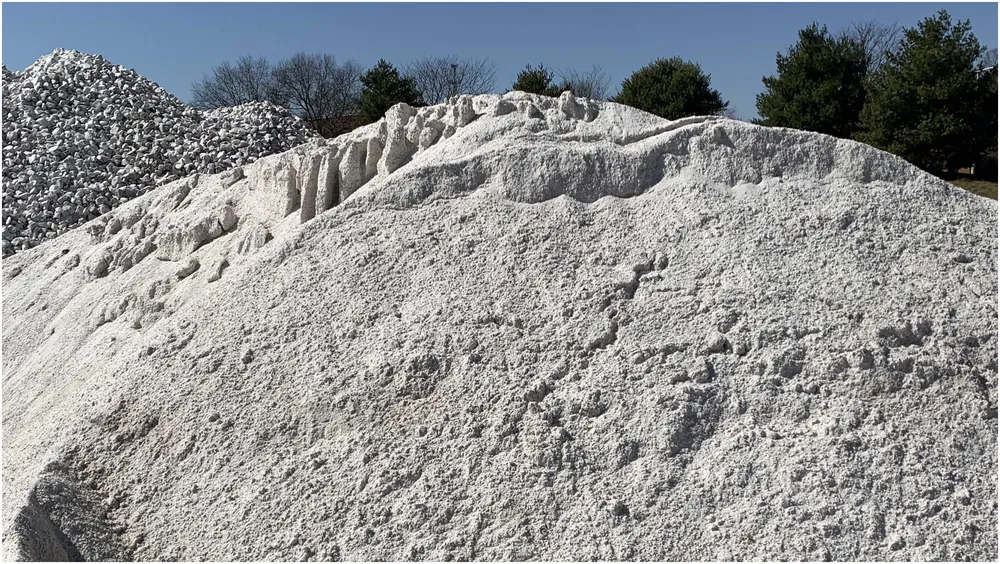
White sand is fine-grain, smooth, and white or light gray in color. Fit for plaster, bricks, landscaping, and filtration.
Vibro Sand
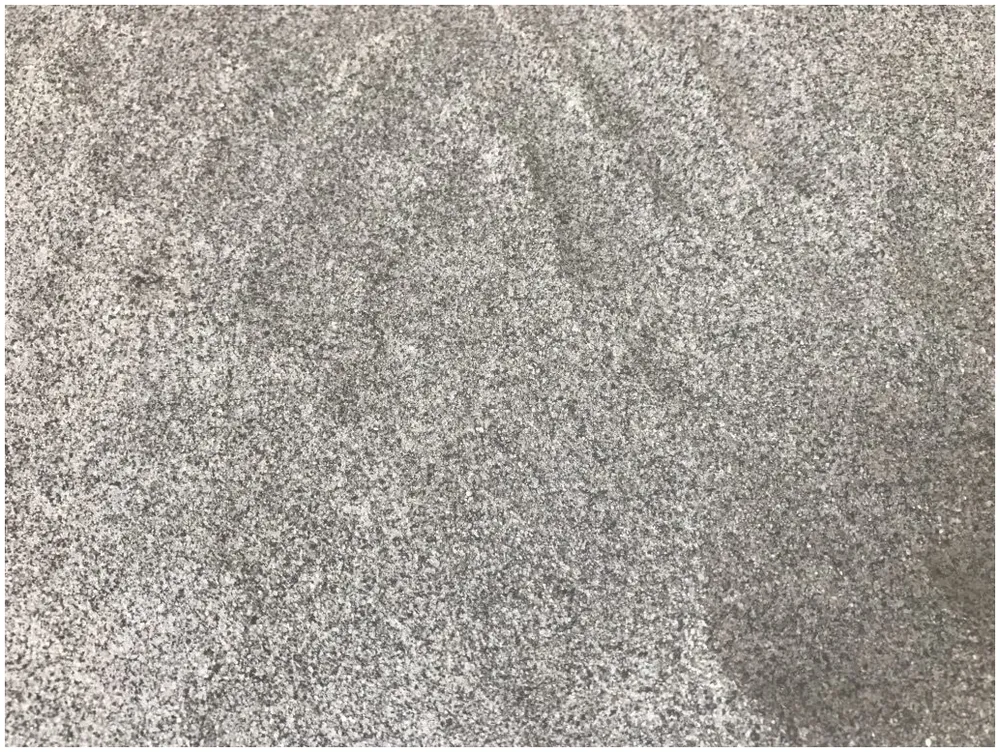
Vibro Sand is fine to medium-size grains, smooth texture, gray or beige color. Fit for concrete, mortar, drainage, and filtration.
Sand Price List
The price of sand varies depending on the type, quality, quantity, location, and supplier. The following table shows the average price of some common types of sand in the Philippines as of June 2023.
| Type of Sand | Price per Cubic Meter |
|---|---|
| S1 Sand | ₱200 |
| Fill Sand | ₱500 |
| Pit Sand | ₱550 |
| Course Sand | ₱600 |
| Utility Sand | ₱650 |
| Concrete Sand | ₱780 |
| Fine Sand | ₱800 |
| M Sand | ₱900 |
| S3 Sand | ₱1,000 |
| Vibro Sand | ₱1,500 |
| White Sand | ₱1,985 |
| River Sand | ₱2,000 |
Note that these prices are only indicative and may vary depending on the market conditions and availability.
How to Choose the Right Sand for Construction
When choosing sand for your project, you should think about the following:
- Purpose: Different types of sand serve different purposes. Choose the one that works best for you, like concrete sand for building or fine sand for landscaping.
- Sand Quality: Look for sand that is the same size, shape, and color all the way through. Make sure it doesn’t have any clay or silt in it.
- Sand Quantity: Estimate how much sand you’ll need and buy it all at once to save time and money.
- Sand Supplier: Find a reliable supplier close by to save money on shipping and make sure you get what you need on time.
By thinking about these things, you can quickly choose the right sand for your project.
Things You Should Know about Sand
Sand is a fascinating and versatile material that has many applications and benefits. Here are some interesting facts and information about sand that you should know:
- Why is sand good?
Sand is easy to get, cheap, strong, and useful. It is used to build, filter, landscape, make art, and have fun. It can be combined with other things to make new things and buildings. - Is sand a useful thing?
Sand is a natural resource that comes from rivers, lakes, oceans, deserts, and mountains. It is a limited resource. - Is sand strong?
Sand is usually strong enough to stand up to things like pressure, heat, erosion, and corrosion. But it can get weaker when it gets wet or when it’s packed down. It can also be worn down by weather and use. - What kind of thing is sand?
Sand is put into different groups based on its size, shape, composition, where it comes from, and color. There are different sizes and grades of it. - Is sand a substance or a mix?
Sand is a mix of things that don’t stick together chemically. It has many parts, like silica (usually quartz), minerals, rocks, organic matter, or man-made materials.
Sand is an essential material for construction projects in the Philippines.
It has many types, uses, prices, and characteristics that you need to consider before buying or using it.
By knowing more about sand price in Philippines , you can make better decisions for your project and budget.
[ratings]